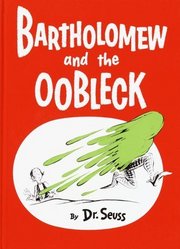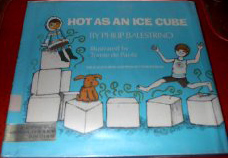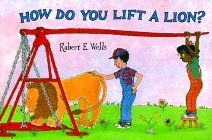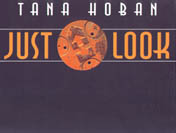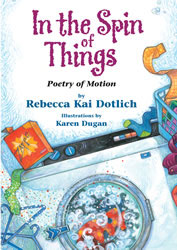Most of us can agree that Dr. Suess is a phenomenal storyteller for kids. His whimsical drawings and poems appeal to all ages. In Bartholomew and the Oobleck, Dr. Suess incorporates elements of scientific theory in a fun story about a King who tries to change the weather. One day the King of Didd decides he is bored with the usual rain, snow, sun and fog that falls from the sky, he desires something more. He orders his magicians to create something else to fall from the sky and they decide to create Oobleck. The magicians announce,
“‘Won’t look like rain. Won’t look like snow.
Won’t look like fog. That’s all we know.
We just can’t tell you anymore.
We’ve never made oobleck before.’“
This little poem by the magicians lays out some the principals of physical science by comparing unknown and known substances and trying to understand what the new form of matter is. More of this demonstration in observation surfaces later in the story when all the oobleck does fall from the sky and sticks to everything, creating a gooey, green mess. The oobleck starts clogging up bird’s nests and instruments, it forces its way indoors through cracks and open windows. The Captain even tries tasting some and finds the oobleck makes him ill. All the while Bartholomew is trying to find the king to fix the problem. In the end, all the king has to do for the oobleck to go away, is publicly apologize. As soon as he says, “I’m sorry” the oobleck disappears, the sun comes out and the whole town is returned to peace.
Curriculum Connections
This book by Dr. Seuss can be used to initiate conversation in scientific theory, observation and the idea of matter. After discussing matter and how to classify it, the class could make oobleck themselves to study and experiment with. It can also be taken a different route and used to talk about the weather, why we have weather, what the seasons are, what normally falls from the sky. Bartholomew and the Oobleck satisfies SOLs in grades K-1 for observation and properties of matter (K.1, K.4, 1.1, 1.3) and grade 2 if you bring in the topic of weather (2.1, 2.6).
Additional Resources
- For more information on Dr. Suess and his books, check out Suessville.
- Make your own Oobleck and read about some interesting discussion questions.
- Teacher Vision also has some great internet resources including a weather word search and venn diagram printable.
Book: Bartholomew and the Oobleck
Author: Dr. Seuss
Illustrator: Dr. Seuss
Publisher: Random House Books for Young Readers
Publication Date: 1949
Pages: 56 pages
Grades: K-2
ISBN: 978-0394800752

